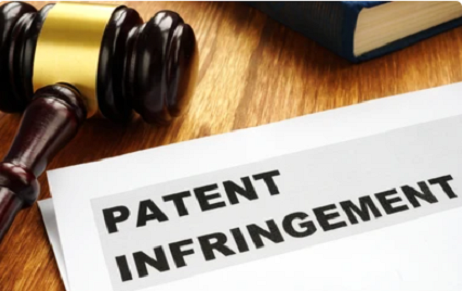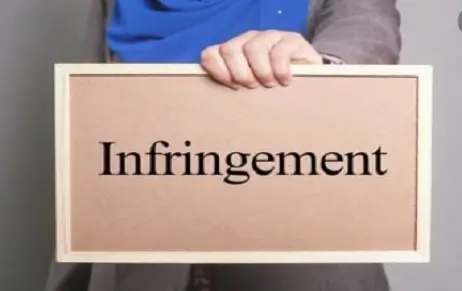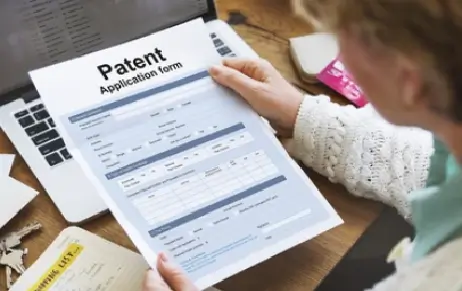Introduction A patent application is a formal form of request pending approval from the authorized…
$2.18 Billion: That’s what US Court Directs Intel to Pay for Patent Infringement
Recently, a federal jury in Texas awarded damages for patent infringement to the tune of US$ 2.18 billion – one of the largest in US history. The case is VLSI Technology LLC v. Intel Corp., 21-57, U.S. District Court for the Western District of Texas (Waco). Intel Corp. (“Intel”) a well-known chip maker was handed the award that goes against them. In fact, it is believed the damages are about half of Intel’s fourth-quarter profit.
The jury held that Intel infringed two patents owned by VLSI Technology LLC (“VLSI”). The jury found $1.5 billion for infringement of one patent and $675 million for infringement of the second. The jury rejected Intel’s denial of infringing either of the patents and its argument that one patent was invalid because it claimed to cover work done by Intel engineers. The jury also held that there was no willful infringement. Had the jury found Intel to be a willful infringer, then the award could have gone up to three times the amount set by the jury.
VLSI is not the original owner of the patents; in-fact the background information surrounding the transfer and ownership is also interesting. Ostensibly, VLSI has no products, no earnings, or profits of substance to show as its own and this patent award would constitute a major and perhaps its only source of income. VLSI was an independent company till around 1999 when Philips purchased them for $1 billion and its assets were later transferred to the spinoff NXP. On the other hand, one of the patents was originally issued in 2012 to Freescale Semiconductor Inc. and the other in 2010 to SigmaTel Inc. SigmaTel was acquired by Freescale, and Freescale was in turn acquired by NXP in 2015 along with the two patents. VLSI was founded (again) in 2016 by Fortress Investment Group and the two patents, in this case, were transferred to VLSI in 2019.
The patents in question – U.S. Patent Nos. 7,523,373 (‘373) and 7,725,759 (‘759) cover ways to improve the power and speed of processors using specific designs. The ‘373 patent (titled: Minimum memory operating voltage technique) essentially covers determining the minimum operating voltage of memory and storing this value in non-volatile memory. Two voltage sources are provided, and the second is selected to operate the memory if the first is below the minimum value. The ‘759 patent (titled: System and method of managing clock speed in an electronic device) on the other hand involves a programmable clock controller that can receive a request from a first device coupled to a variable clock frequency bus. The controller then changes the frequency of a high-speed clock that is used to control the clock frequency of a second device coupled to the bus as well as the bus itself. The jury found that Intel literally infringed claims 1, 5, 6, 9, and 11 of the ‘373 patent, and infringed claims 14, 17, 18, and 24 of the ‘759 patent under the doctrine of equivalents.
Intel intends to appeal while Fortress and VLSI Technology have other lawsuits pending against Intel, too.
Author: Arindam Purkayastha, Patent Attorney, at IIPRD. In case of any queries please contact/write back to us at [email protected]



